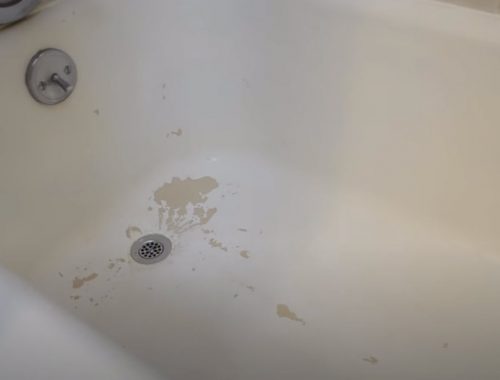10 Factors to Consider When Purchasing a Range Hood
There are several factors to consider when purchasing a range hood. To begin with, you want the range hood to be more relaxed than an airport. You’ll also want a well-ventilated, silent hood.
It is vital not to allow cooking odors to linger in your house. To prevent neighboring walls from being impacted by stove heat.
Although selecting the fitting range hood is a straightforward task, many factors must be considered. Consider the 10 elements listed below when shopping for a range hood.
1. Easy-to-clean filters
Reusable filters that may be easily removed and cleaned are ideal. These are typically made of aluminum and pop entirely out to be washed in the sink.
2. Lower sones number
This is the amount of noise generated by your range hood. A quiet hood produces 1 to 3 sones of noise (40 to 60 dB)—the lower the sones, the softer your range hood fan. If you’ve ever switched on your hood fan and it sounds like a jet engine, you have a very high sones number.
3. Controls
Choose a range hood that has a variable-speed fan or variable-speed control. This provides you control over the fan’s speed. A faster cooking speed is preferred for preparing more odorous meals. A slow pace should be enough for everyday cooking on one or two burners.
4. Air Exchange
When your hood fan is turned on, the air should exchange at least 15 times per hour to circulate air properly.
ProTip Takeaway: To keep noise in the kitchen to a bare minimum, choose a range hood with a fan that operates at the lowest number.
5. Kitchen size
Measure the cubic feet of your kitchen to determine which range hood is best for you. Then, look for a range hood sized to fit your kitchen and will efficiently ventilate it.
6. Stove’s BTU
Note your stove’s BTU output before buying a range hood. The quantity of BTUs your stove releases is the beginning point for determining which range hood will provide enough ventilation.
7. Non-Ducted or Ducted
Non-ducted hoods, when equipped with a clean filter, may reduce humidity, heat, smells, and grease. How much ducting is needed to link here to the outside?
8. CFM Rating
Look for a range hood with enough ventilation. The air a range hood pushes is measured in cubic feet per minute (CFM).
9. Coverage
Ensure the range hood is correctly installed and large enough to cover the stove. If it is not properly hung over the stove, it will not absorb heat and aromas when cooking. Some vent hoods cover a portion of the furnace, but others are designed to sit directly over the cooktop and vent directly up into the ceiling. These are appropriate for a large residence.
10. Positioning
To use the hood’s ventilation power, mount it 28″-36″ above your stove. Heat will build up if it is too close, and ventilation will be inefficient. If properly installed, it will efficiently draw heat and odors.
ProTip Takeaway: Measure your kitchen before buying a range hood to ensure it will efficiently ventilate.
You May Also Like

The 5 Biggest Technology Trends In 2021
January 4, 2021
How to Install PVC Tile Board: A Step-by-Step Guide
May 17, 2021